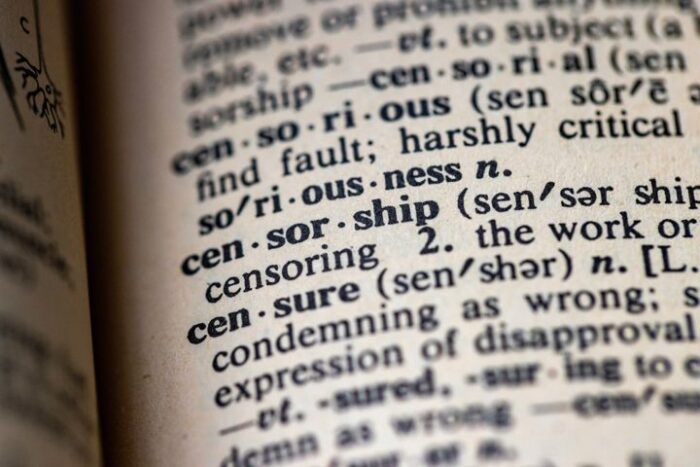
The study “Mob Censorship Revisited: Questions, Findings, and Challenges” by Silvio Waisbord from George Washington University looked at the issue of mob censorship and digital harassment against journalists by reviewing studies on the issue.
There is often a power discrepancy in mob censorship, as the parties behind the targeting of journalists tend to be the political elite or other parties with vast technological means, while journalists targeted tend to be isolated and lonely. There is also the issue of “intersectionality of harassment” – minority and women journalists tend to be targeted more, which may in turn even affect representation in newsrooms.
Even among various forms of violence and harassment against journalists, mob censorship has been considered a “game changer” as the attacks are pervasive and may occur at any time. It occurs at the same time as digital visibility is even more important for journalists – but so too, is the importance of safety.
The effects are both system-wide and personal. As mentioned, minority journalists may opt to stay out of the field or silence themselves, and personally, journalists are forced to take measures against it such as filtering their messages and blocking and muting accounts.
Responses vary between countries, between organizations, and between individuals. Overall, the responses by news corporations and digital organizations have been slow. In some countries, there are “connective responses” that go beyond the individual, as shown in the study by Kantola and Harju (2023).
The various articles in this issue of Digital Journalism address the issue in places like the UK or Latin America, showing how journalists seek to form support networks against mob censorship and harassment. In militaristic societies, journalists may mention their military service or other forms legitimacy to maintain their professional, patriotic image.
In conclusion, the issue in Digital Journalism offers numerous viewpoints on the issue, and the article in question concludes that the issue needs to be seen as a collective, social problem to develop effective countermeasures.
The article “Mob Censorship Revisited: Questions, Findings, and Challenges” by Silvio Waisbord is in Digital Journalism. (open access).
Picture: Untitled by Mick Haupt.
License Unsplash.